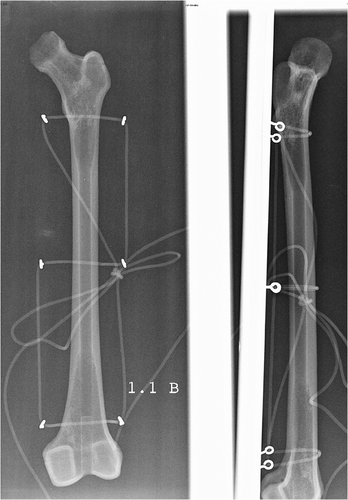Figures & data
Figure 1. The set of 8 different femurs, including 5 femurs with normal anatomy and 3 with abnormal anatomy. The abnormal femurs comprise one with a pistol grip deformity after slipped epiphysis (3rd from left), one with valgus deformity (6th from left), and one with a severely arthritic head (8th from left).
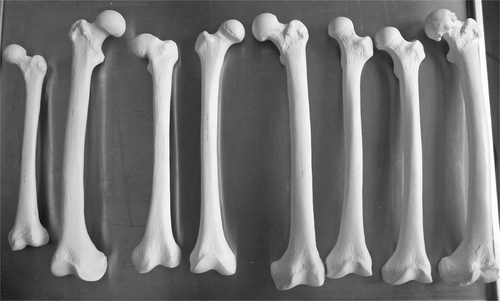
Table I. Mean results, standard deviation, range and p-values for comparison of conventional and navigated method. Significant differences are in highlighted in bold.
Figure 4. CCD angle in conventional and navigated implantation for all surgeons. The box is defined by the upper and lower quartiles and the whiskers contain 95% of the observations. The dark line in the box is the median; data represented by black dots are outliers.
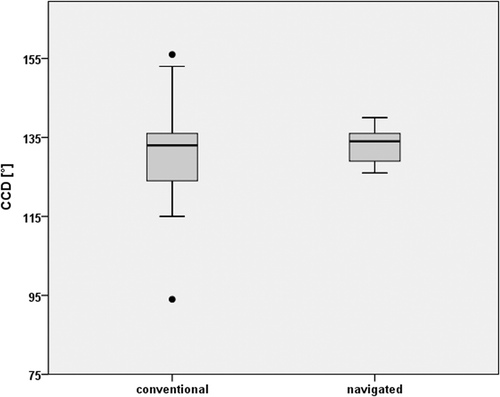
Figure 5. AV angle in conventional and navigated implantation for all surgeons. The box is defined by the upper and lower quartiles and the whiskers contain 95% of the observations. The dark line in the box is the median; data represented by black dots are outliers.
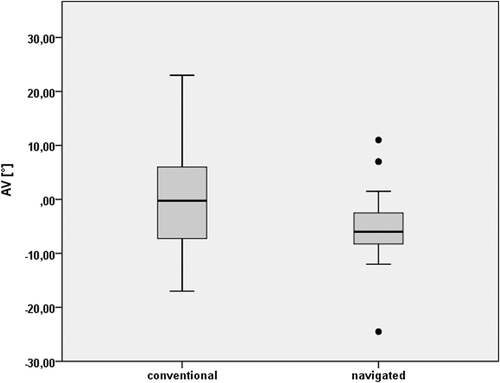
Figure 6. CCD angle for the three different surgeons with conventional and navigated implantation. The box is defined by the upper and lower quartiles and the whiskers contain 95% of the observations. The dark line in the box is the median.
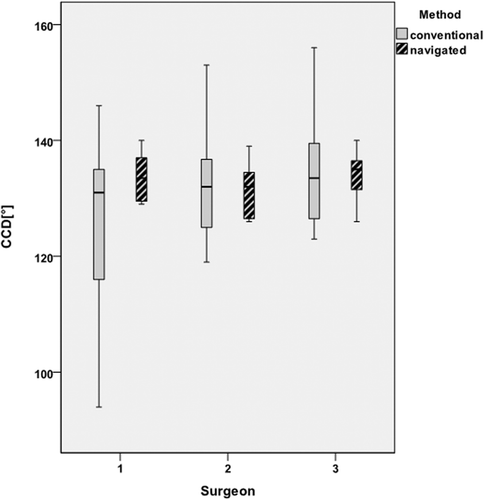
Figure 7. AV angle for the three different surgeons with conventional and navigated implantation. The box is defined by the upper and lower quartiles and the whiskers contain 95% of the observations. The dark line in the box is the median; data represented by black dots are outliers.
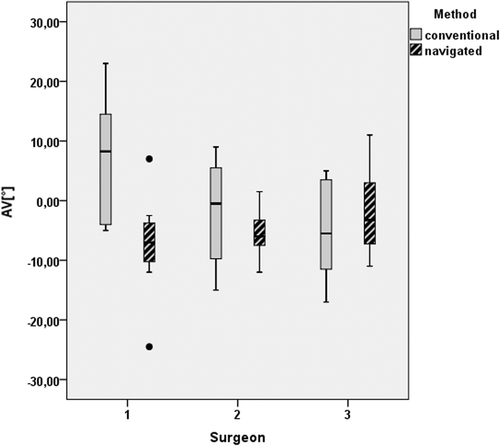
Table II. Mean results, standard deviation, range and p-values for comparison among the three different surgeons for both methods. Significant differences are highlighted in bold.
Table III. Mean results, standard deviation, range and p-values for comparison between abnormal and abnormal anatomy for both methods. Significant differences are highlighted in bold.

